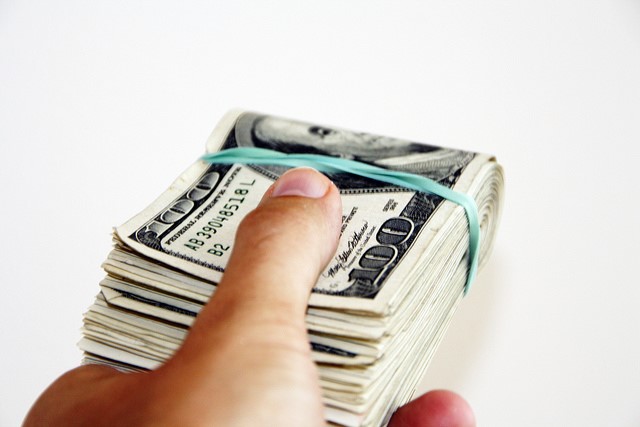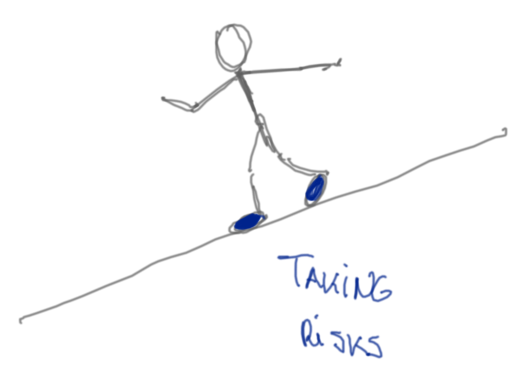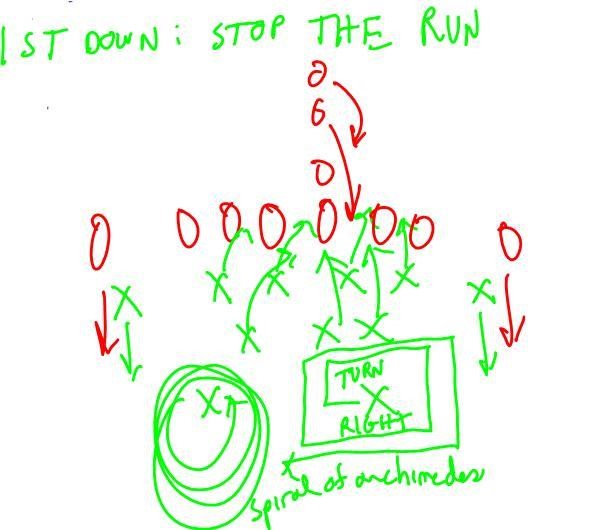How much money can you make day trading futures? You might have asked yourself this question at some point as you test the waters trading futures. To be honest, the question is as vague as asking how much money can I make working a full time job. Still, it is one of the most commonly asked questions about trading and futures in general. Indeed, wouldn’t you want to know how much money you can make trading futures for a living so you can figure out for yourself if this is something you want to do?
You know that there are a lot of variables which eventually determines how much you can make, for example working a full time job. Starting with your educational qualifications, experience, the industry that you are working in, or looking to work in and the economy in general, to name just a few variables that will determine your bottom line.
To put down a hard number to the question of how much money can I make trading futures perhaps reflects naivety at its best. Just as with a full time job, the amount of money you can make trading futures can vary. There are some very successful futures traders and then there are many futures traders who simply don’t make the cut.
So what are the variables when it comes to the futures markets that will determine how much money you can make? Let’s list a few.
Factors that determine the money you can make day trading futures
Starting capital
No matter what you are told, that it is your risk management or trading strategy or even a specific market, the bottom line is that your starting capital is the place to start.

Starting Capital
Your starting capital plays an important role in determining the profits you can make by trading futures (Source: 401k(2012))
Have you ever heard of someone turning a $100 starting capital into $100,000? Maybe you have and such stories are rare and even still, you don’t really have the full picture.
When it comes to day trading futures, or any markets for that matter, having a good starting capital can help you to set your trading goals, define your risk management and even tweak your trading system and position management around your starting capital.
Having a decent starting capital can help you to trade positions in the futures markets while at the same time leaving enough capital to cover the maintenance margin so you don’t end up with a margin call. For many futures traders, a starting capital of $10,000 should be a good starting point. Depending on other factors such as leverage you can start making significant profits for as little as $10,000.
Your risk tolerance

Risk Tolerance
There is good risk and then there is bad risk (Source: Xavier Vergés)
A widely accepted rule of thumb in trading is not to allocate more than 1% of your capital to a trade. In other words, if you are trading with $100,000 then your maximum risk or exposure to a trade should not be more than $100. Of course, depending on the leverage that you choose this can be higher or lower.
In the futures market, you might already know that the margin requirements and tick size can vary depending on the futures contract that you are trading.
If you were to trade the most popular futures contract which is the E-mini S&P500 futures, the margin requirement is only $400 for a standard contract with a tick size of $12.50. This means, for a 1:1 leverage and a risk tolerance of just 1% or $100, the maximum loss you can take on a standard e-mini S&P500 contract is 2 points or a total of 8 ticks.
Now, if you were more tolerant to risk and instead allocated $500 per trade which is about 5%, then you can withstand a 10 point move or 40 ticks.
As you can see, the amount of risk you are willing to take can affect the outcome of your trade (and of course the subsequent price movement in your favor).
Trading strategy
A day trading strategy is as important as risk management. Without having a plan of attack, and blindly hitting the buy/sell buttons on your trading platform will not get you anywhere.

Trading Strategy
Strategy: Plan your trade, trade your plan (Source: Avinash Kunnath)
Many professional futures traders spend months if not years in perfecting the art of their trading strategy and more importantly testing it out in different trading conditions.
A trading strategy will help you to understand how much risk you can take, when to exit when the trade is moving against you and therefore cut your losses short and when to take profits off the table. Depending on your familiarity with your trading strategy you might also know when to trade and when to stay on the sidelines.
The time you dedicate to trading (and learning)
Another factor that plays a role in determining the profits you can make day trading futures is the amount of time you dedicate.

Practice and Dedication
Practice and dedication to trading goes a long way (Source: Live4Soccer(L4S))
For most of you who prefer to start off trading futures on a part-time basis will find that the amount of money you can make will depend on your approach. You can either trade the swing positions, meaning that you keep your futures trading positions open over a period of time, or you could also trade for just an hour or two and ensuring that you close out your positions within the intra-day (meaning that no trades are left open by the end of the day).
There are instances of profitable traders who trade futures just on a part time basis, and at the same time there are examples of futures traders who trade swing positions. However, don’t let this mislead you into thinking that to make significant profits you need to put in more hours.
When we talk about the time you dedicate to trading, it doesn’t necessarily have to do with trading. You could spend time learning more about the markets, such as the fundamentals and having the patience to execute the trades at the right time.
The Internet is full of valuable resources and there is no dearth to the amount of information that you can gain by reading about the futures markets. There are some traders who spend 90% of their time reading about the markets and utilize the remaining 10% only to execute the trades.
This is similar to any profession, where you spend time learning and honing your skills and then putting it into practice. The more learned you are about the markets that you are trading, the fewer chances that you will make mistakes.
Trading Futures – An Example
The following example should help give you an idea on the profits that you can make trading futures based on some fixed variables that were outlined previously.
- Capital: $10,000
- Risk profile: 4% per trade ($400)
- Preferred asset to trade: E-mini S&P500 futures
- Margin requirement: $400
- Available margin: $9,600
- Risk/Reward ratio: 1:2
- Number of ticks before you close out your trade: 32 ticks (@ 0.25 tick x $12.50 = $400)
- Number of ticks to reach the 1:2 reward: 64 ticks (@ 0.25 tick x $12.50 = $800)
Now let’s say you trade for one to two hours per day with the above mentioned risk/reward and risk tolerance set up. You trade for 18 days a month, or 18 trades per month. You have a win rate of 60%, meaning that you approximately have 11 winning trades and 9 losing trades.
- Gross profit from winning trades: 11 trades x $800 = $8,800
- Gross loss from losing trades: 9 trades x $400 = $3,600
- Gross P/L for the month: $8,800 – $3,600 = $5,200 (over 50% in profits)
The above figures might seem tempting, but let’s remind ourselves again that the fixed variables are just assumptions as we did not account for other factors such as break-even trades or prematurely closing out a trade before it reaches your stop loss and not to forget the broker commissions and the spread of 0.25 ticks as well.
You could of course increase your starting capital and trade 2 or more contracts per trade thus increasing your profit potential (and also increasing the risks of a losing trade as well).
What the above example does show you however is the fact that the potential to make profits is quite big on the futures market, with a starting capital of just $10,000 but at the same time you also need to focus on your trading strategy as well.
If there is one aspect that stands out from the above example, you will see that besides the required capital to trade which plays an important role your risk management and trading strategy all tie in together to boost you bottom line profits.
The money you can make trading futures… depends on you!
Many traders think that once they have learned about trading, they can start making money. However, as with many things in life, learning is an ongoing process. Many successful traders understand this and therefore endeavor to learn something new every day. Successful traders also spend a good part of their trading on practicing their strategies and getting to know that markets a bit more closely.
Without having the passion to continue learning and simply thinking that what you have learned so far is enough to get you through to making a decent profit in trading would be a fallacy and the complacency would eventually be your downfall.
The potential to make profits is practically unlimited but it is only as good as your trading system, your risk tolerance and your discipline. Still, having said that, trading the markets, futures in particular can be very rewarding and with proper perseverance, you can start looking at making consistent profits over time.
A wise man once said that there is no other profession as dynamic as trading. Within the day, you can build a wall (figuratively speaking) and you can break that wall by the end of the day, only to start building it again the next day.
This is what trading is all about. It offers you the freedom to make money, but it is also risky at the same time. Without having the right mindset towards trading and most importantly, realizing that losses are part of the game, it will be difficult to build consistent profits over time.
Last but not the least let me conclude by saying this. Bad traders chase profits. Good traders manage risk!











 Futures Trading Books
Futures Trading Books 
